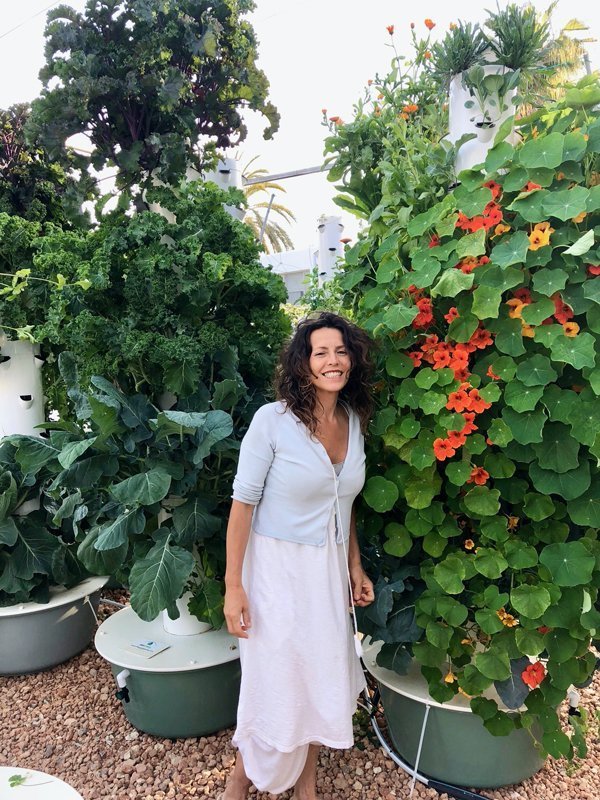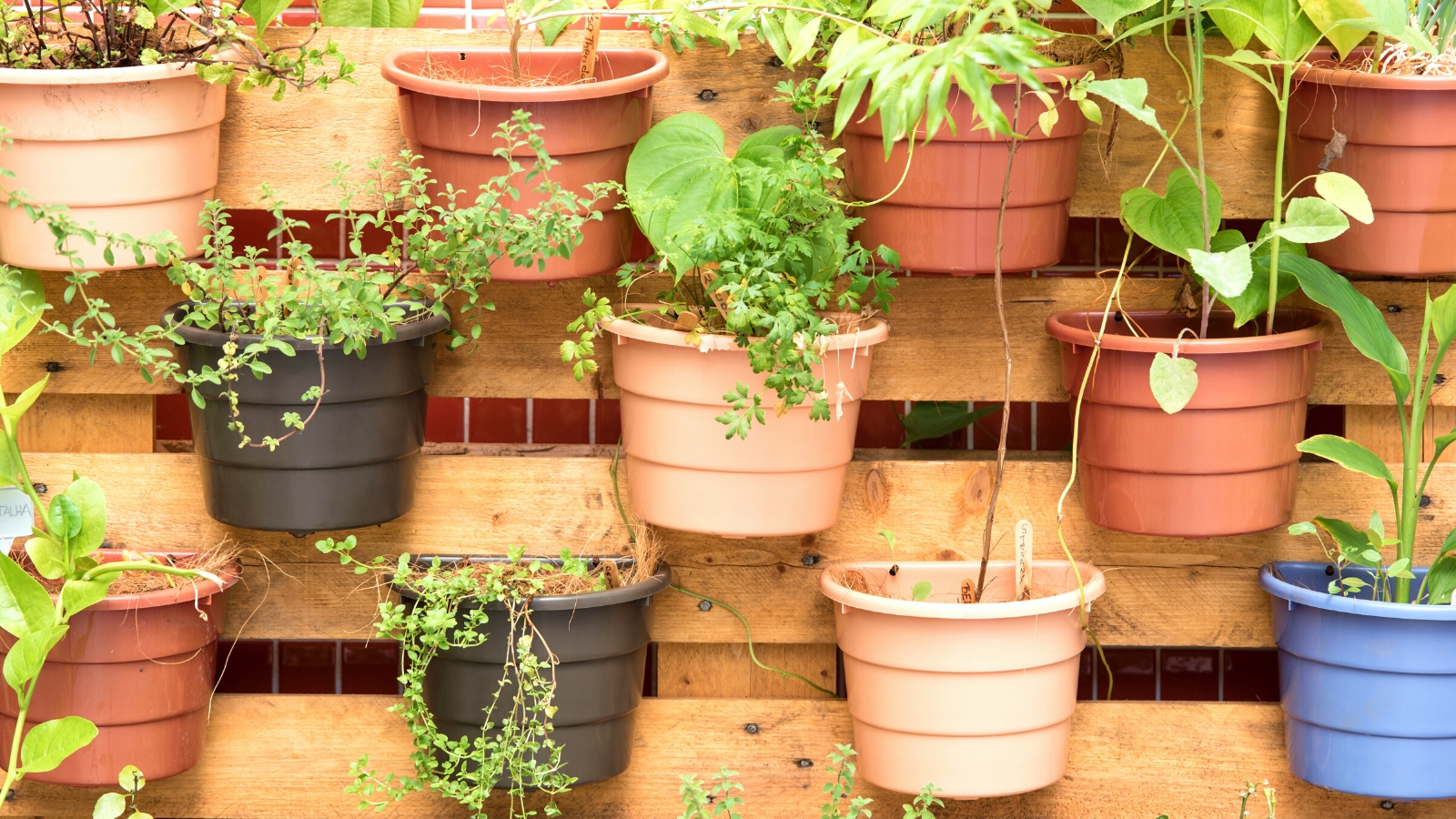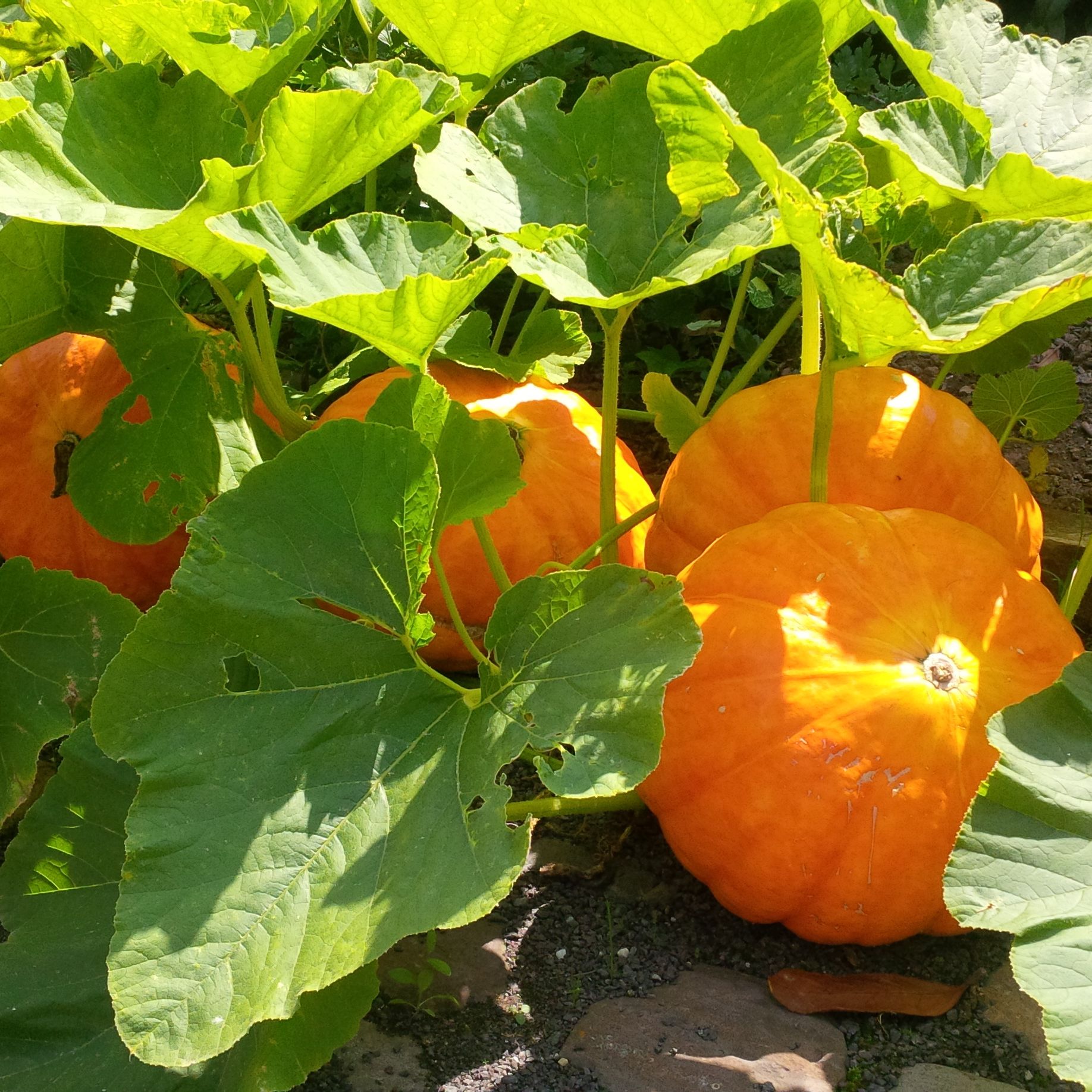Imagine transforming your garden into a vibrant, bountiful oasis of edible flowers. With the growing trend of vertical gardening, you can now maximize your space and reap the rewards of both beauty and flavor. In this article, we will explore the fascinating world of incorporating edible flowers into your vertical garden, showcasing the myriad of benefits they offer and providing practical tips to ensure your green thumb thrives. Get ready to elevate your gardening game and tantalize your taste buds with the magical fusion of nature and cuisine.
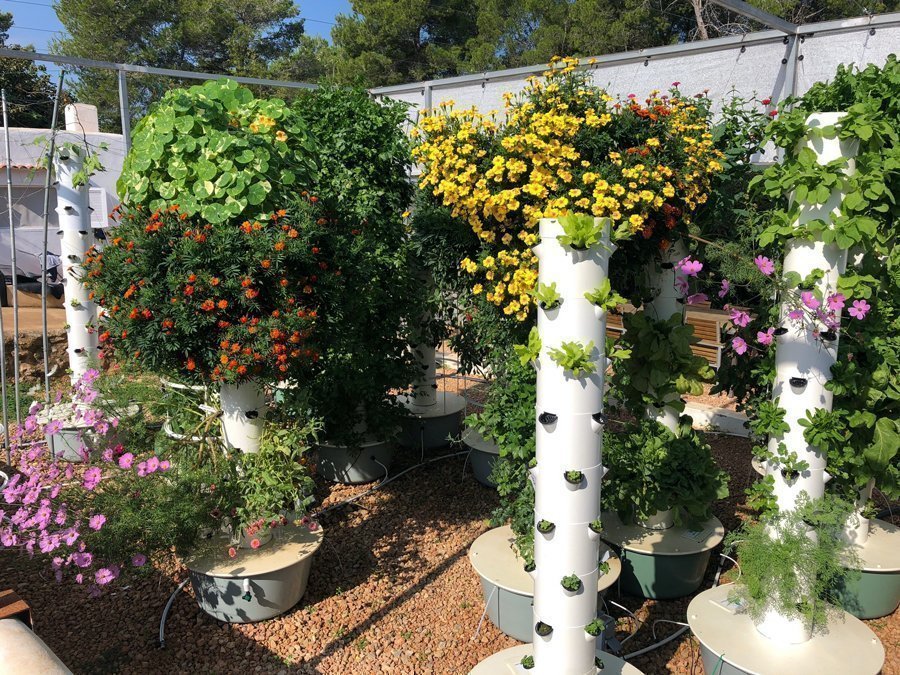
This image is property of agrotonomy.com.
Benefits of Vertical Gardening
Maximizing limited space
Vertical gardening is an innovative and practical solution for individuals with limited space. By growing your plants vertically, you can make the most of every square inch available, whether you have a small balcony or a tiny backyard. Vertical gardening allows you to utilize walls, fences, or even hanging structures, effectively multiplying your growing area and enabling you to cultivate a thriving garden in a compact space.
Improved air circulation
When you grow plants vertically, you create spaces between the plants and the wall or structure they are attached to. This gap promotes better air circulation around the vegetation, reducing the risk of stagnant air pockets that can lead to mold, mildew, or fungal diseases. The improved air movement helps the plants breathe and prevents the build-up of excessive moisture, ultimately leading to healthier and more robust growth.
Reduced risk of pests and diseases
Vertical gardening can help reduce the risk of pests and diseases that commonly affect ground-level gardens. By elevating your plants off the ground, you make it more difficult for pests to access them. Additionally, vertical gardening facilitates better sunlight exposure and air circulation, which help keep your plants healthy and less susceptible to diseases. This gardening method also makes it easier to monitor your plants for any signs of trouble, allowing you to address potential issues promptly and effectively.
Enhanced aesthetic appeal
One of the most captivating aspects of vertical gardening is its ability to turn any vertical surface into a stunning display of nature’s beauty. Whether you choose to create a vibrant tapestry of colorful flowers or a lush green wall of foliage, vertical gardening adds a visually appealing element to any space. The vertical arrangement of plants creates a sense of depth and layers, adding depth and dimension to your garden. It allows you to transform bland walls, fences, or even bare structures into captivating living artworks that will leave your friends and neighbors in awe.
Edible Flowers for Vertical Gardening
Types of edible flowers
Edible flowers come in a wide variety of shapes, sizes, and flavors, offering a delightful and unique addition to your culinary experiences. Some common types of edible flowers include nasturtiums, marigolds, pansies, calendula, borage, and lavender. each with its distinct taste profile and culinary potential. Whether you prefer the delicate sweetness of violets or the vibrant spice of nasturtiums, there is an edible flower to suit every palate.
Choosing the right flowers
When selecting edible flowers for your vertical garden, it’s essential to choose varieties that are safe for consumption and suitable for vertical growth. Not all flowers are edible, and some can even be toxic, so it’s crucial to do your research and only choose flowers that are known to be edible. Additionally, consider the specific growing conditions in your vertical garden, such as sunlight exposure and moisture levels, and select flowers that will thrive in those conditions.
Popular edible flowers for vertical gardening
Certain edible flowers are particularly well-suited for vertical gardening due to their growth habits and visual appeal. Nasturtiums, for example, are not only vibrant and eye-catching but also have trailing growth patterns that are perfect for cascading down vertical structures. Herbs like basil and chives also produce beautiful flowers that are not only edible but also attract beneficial pollinators to your garden. Other popular choices include pansies, marigolds, and violets, all of which offer a wide range of colors and flavors to enhance your culinary creations.
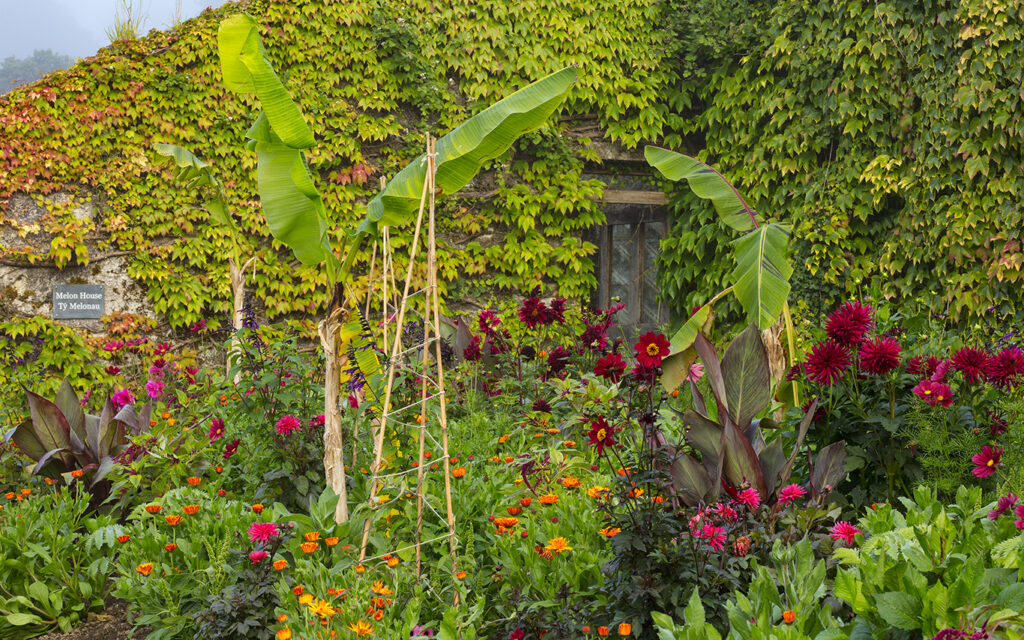
This image is property of aberglasney.org.
Creating a Vertical Garden
Selecting a suitable structure
Choosing the right structure is essential for the success of your vertical garden. The structure you select will depend on the available space, the weight-bearing capacity of the wall or surface, and your personal aesthetic preferences. Some common options for vertical gardening structures include trellises, vertical growing bags, modular wall planters, and hanging baskets. Each option has its advantages and considerations, so it’s important to assess your needs and choose a structure that will support your plants effectively.
Preparing the vertical garden structure
Before you start planting, it’s crucial to prepare your vertical garden structure properly. This includes ensuring that the structure is securely attached to the wall or surface, providing stability for your plants. If you are using a trellis or wall planter, make sure it is firmly anchored and capable of withstanding the weight of the plants as they grow. Additionally, consider installing a drip irrigation system or incorporating self-watering features into your vertical garden structure to ensure that your plants receive adequate water.
Choosing the appropriate growing medium
The growing medium you select for your vertical garden plays a vital role in supporting the health and growth of your plants. It should have excellent drainage capabilities while also retaining enough moisture for the roots to thrive. A lightweight potting soil mixed with compost or organic matter is an excellent choice for vertical gardening, as it provides a balanced blend of air circulation, water retention, and nutrient availability. Avoid using heavy soils or garden soil as they can be too dense for vertical gardening and impede proper root development.
Planting and Caring for Edible Flowers
Sowing seeds or transplanting seedlings
Once you have chosen your edible flowers and prepared your vertical garden structure, it’s time to plant your seeds or seedlings. Follow the instructions provided on the seed packets or consult gardening resources to determine the appropriate spacing and planting depth for each variety. If you are starting from seeds, consider sowing them in small pots or seed trays indoors before transplanting them into your vertical garden. This allows you to get a head start on the growing season and gives the seedlings a chance to establish themselves before facing outdoor conditions.
Providing appropriate light and temperature
Edible flowers, like any other plants, require adequate light and appropriate temperatures to thrive. Most edible flowers prefer full sun or partial shade, so ensure that your vertical garden receives the necessary hours of direct sunlight each day. Monitor the amount of shade cast by nearby structures or trees and make adjustments if needed. Additionally, be mindful of temperature extremes, as some flowers may be sensitive to frost or scorching heat. Provide protection, such as shade cloth or frost covers, when necessary to safeguard your plants from extreme weather conditions.
Watering and fertilizing
Regular watering is crucial for the health and productivity of your edible flowers. Vertical gardens can dry out more quickly than traditional gardens due to increased exposure to sunlight and air movement, so monitor the moisture levels closely. Water your plants thoroughly, ensuring that the soil is evenly moist but not waterlogged. Mulching around your plants can help retain moisture and prevent weed growth. Additionally, fertilize your edible flowers regularly with a balanced organic fertilizer to provide them with the essential nutrients they need to grow and develop.
Pruning and pest control
Maintaining a well-pruned vertical garden is essential for keeping your plants healthy and productive. Regularly check your plants for any signs of disease or pest infestation, such as yellowing leaves, wilting, or chewed foliage. Prune away any damaged or diseased parts to prevent the spread of infections. Additionally, monitor for common garden pests like aphids or spider mites and take appropriate measures to control their population, whether through organic methods or targeted interventions. A healthy and well-maintained garden is less susceptible to pest and disease problems, allowing your edible flowers to flourish.

This image is property of agrotonomy.com.
Harvesting and Using Edible Flowers
Determining the right time to harvest
Harvesting your edible flowers at the right time is crucial to ensure optimal flavor and quality. The timing will vary depending on the specific flower variety and the intended use. Generally, it’s best to harvest flowers early in the day when they are at their freshest. Look for flowers that are fully open but not yet wilted or past their prime. Each type of edible flower has its own unique characteristics when it comes to determining the ideal harvesting time, so it’s beneficial to familiarize yourself with the specific requirements of the flowers you are growing.
Proper techniques for harvesting
When harvesting edible flowers, use clean and sterilized scissors or garden pruners to avoid damaging the plants. Carefully cut the flowers at the base of the stem, taking care not to disturb the surrounding foliage or other flowers. Place the harvested flowers in a basket or container lined with damp paper towels to help preserve their freshness. Avoid washing the flowers unless necessary as this can remove their delicate natural flavors. If you need to remove any insects or dirt, gently brush them off with a soft brush or rinse them briefly under running water.
Various culinary uses of edible flowers
Edible flowers offer a myriad of culinary possibilities, adding beauty, flavor, and a touch of sophistication to dishes. They can be used as eye-catching garnishes for salads, soups, or desserts, making any plate more visually appealing. Additionally, edible flowers can be infused into syrups, oils, or spirits to add a unique floral essence to beverages and cocktails. Some flowers are even suitable for candying, preserving their delicate beauty while creating a sweet treat. Experiment with different recipes and methods to unlock the full potential of your edible flowers and elevate your cooking to a whole new level.
Vertical Gardening Tips and Tricks
Vertical gardening maintenance
To maintain a healthy and thriving vertical garden, regular maintenance and care are essential. Regularly inspect your plants for signs of pests, diseases, or nutrient deficiencies. Prune away any dead or yellowing foliage and ensure proper air circulation between plants. Keep a close eye on the moisture levels of the soil and water as needed to prevent drying out or waterlogging. Regularly fertilize your plants to provide them with the necessary nutrients for optimal growth and productivity. By staying proactive and addressing issues promptly, you can enjoy a vibrant and flourishing vertical garden.
Creating a vertical garden indoors
Vertical gardening is not limited to outdoor spaces; it can also be successfully implemented indoors. Indoor vertical gardens can bring nature into urban apartments, offices, or any space with limited access to natural light or outdoor growing areas. Consider installing a living wall or utilizing vertical hydroponic systems to create a striking green feature indoors. Ensure that your chosen plants are suitable for indoor growing conditions and provide them with the necessary artificial lighting and appropriate temperature levels. With proper planning and care, you can enjoy the benefits of vertical gardening even in indoor settings.
Overcoming challenges in vertical gardening
Vertical gardening, like any gardening method, comes with its fair share of challenges. Some common challenges include maintaining adequate water and nutrient levels in the growing medium, preventing soil erosion or drying out, and managing plant growth to prevent overcrowding. Additionally, pests and diseases can still pose a threat to vertical gardens, so staying vigilant and implementing appropriate preventative measures is crucial. By understanding the unique challenges and adapting your gardening practices accordingly, you can overcome these obstacles and reap the rewards of a successful vertical garden.
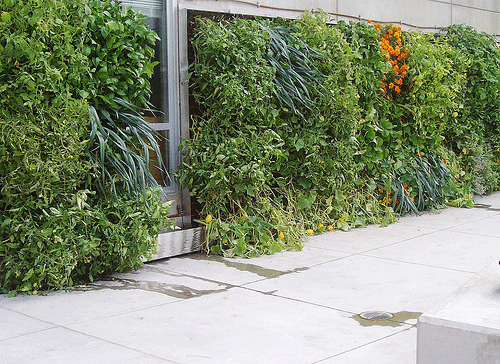
This image is property of s3.eu-west-2.amazonaws.com.
Edible Flower Safety and Precautions
Choosing organic and pesticide-free flowers
When selecting edible flowers for consumption, it’s essential to choose organic and pesticide-free options whenever possible. Non-organic flowers may have been treated with harmful pesticides or other chemicals that can be detrimental to your health. Look for flowers that are certified organic or grown using organic and sustainable practices to ensure that you are consuming safe and wholesome blooms.
Avoiding toxic and non-edible flowers
Not all flowers are safe to eat, and some can even be toxic or cause allergic reactions. It’s crucial to do thorough research and only consume flowers that are known to be edible. Avoid using flowers from florists or stores that are not specifically labeled as edible, as they may have been treated with chemicals or dyes that make them unsafe for consumption.
Understanding potential allergies and sensitivities
While many edible flowers are safe for consumption, it’s important to be aware of potential allergies or sensitivities. Some individuals may have adverse reactions to certain flowers, especially if they have existing allergies to pollen or similar substances. If you have known allergies or sensitivities, exercise caution when consuming new or unfamiliar flowers. Start by trying a small amount and monitor your body’s reaction before consuming larger quantities.
Benefits of Incorporating Edible Flowers in Vertical Gardening
Added visual interest and variety
Incorporating edible flowers into your vertical garden adds another layer of visual interest and diversity to your space. The vibrant colors and unique shapes of the flowers create a visually stunning tapestry that is sure to catch the eye. By selecting a variety of flowers with different bloom times and colors, you can ensure that your vertical garden remains in full bloom throughout the growing season, providing an ever-changing and captivating display.
Enhanced pollination and biodiversity
Edible flowers are not only a feast for the eyes but also a magnet for beneficial insects and pollinators. By attracting bees, butterflies, and other pollinators, you are creating a biodiverse ecosystem within your vertical garden. The presence of these pollinators increases the chances of successful fruit and vegetable production, leading to a more abundant harvest. Embracing edible flowers in your vertical garden is a win-win situation, providing a beautiful habitat for pollinators while also benefiting your own gardening endeavors.
Edible flowers as a culinary delight
Perhaps the most enticing benefit of incorporating edible flowers into your vertical garden is the pleasure they bring to your taste buds. Edible flowers offer a range of flavor profiles, from subtle sweetness to peppery or tangy notes. The delicate petals and vibrant colors make them an enchanting addition to salads, desserts, and beverages. By cultivating your own edible flowers, you have a fresh and abundant supply at your fingertips, allowing you to experiment with flavors and elevate your culinary creations to new heights.
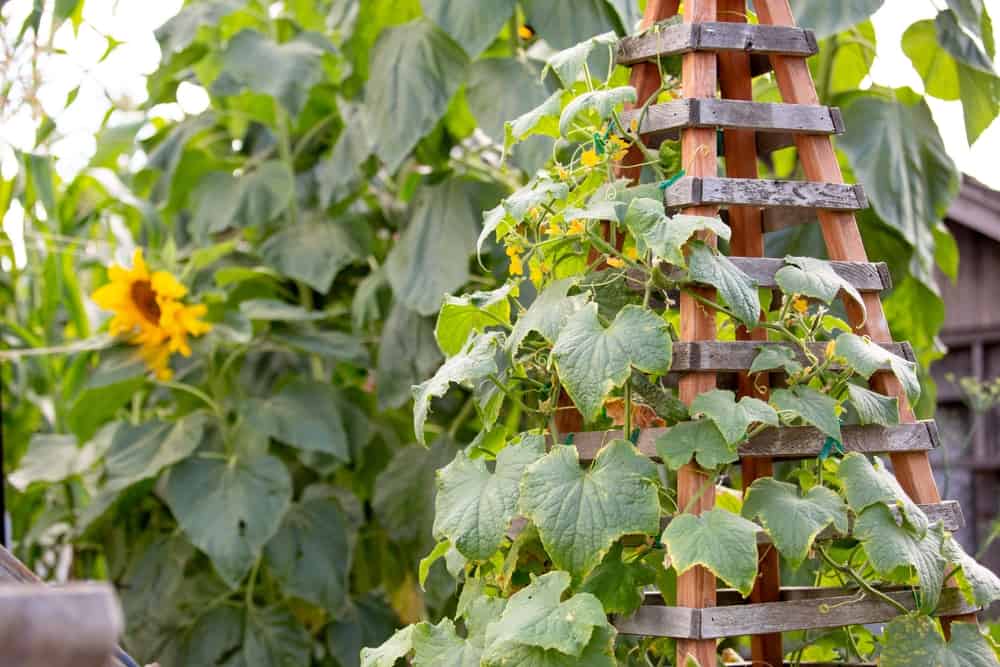
This image is property of morningchores.com.
Creating a Stunning Display with Edible Flowers
Combining colors, textures, and heights
When designing your vertical garden with edible flowers, consider combining a variety of colors, textures, and heights to create a visually striking display. Play with contrasting colors, such as vibrant oranges and deep purples, or create a harmonious palette with pastel shades. Mix flowers with different textures, such as delicate petals juxtaposed with bold and structural foliage. Combining flowers of varying heights adds depth and dimension to your vertical garden, creating a captivating visual spectacle.
Experimenting with different flower arrangements
Edible flowers are versatile and can be arranged in numerous ways to suit your personal style and preferences. Try clustering flowers of the same variety together for a dramatic impact, or mix and match different blooms to create an eclectic and vibrant scene. You can also experiment with different container sizes and shapes, such as hanging baskets, wall planters, or cascading vertical bags, to create unique and eye-catching arrangements. Let your creativity flourish as you experiment with different flower arrangements and discover what speaks to your aesthetic sensibilities.
Designing vertical garden spaces
When designing your vertical garden, consider the overall aesthetic and ambiance you wish to create. Determine whether you want a more formal or informal garden and select flowers that align with that theme. You can create a romantic and dreamy atmosphere with trailing vines and delicate blooms or go for a modern and architectural look with bold flowers and leafy greens. Additionally, consider incorporating other elements, such as herbs or ornamental grasses, to enhance the overall design and further elevate the beauty of your vertical garden space.
Conclusion
Vertical gardening combined with the incorporation of edible flowers is a delightful and practical way to maximize limited space, create stunning visual displays, and enhance your culinary experiences. From the benefits of vertical gardening itself, such as improved air circulation and reduced risk of pests and diseases, to the array of edible flower options available, there are endless possibilities to explore. By following the tips and guidelines provided, you can create a thriving vertical garden filled with edible flowers, bringing beauty, flavor, and creativity to your gardening journey. So why wait? Start your vertical gardening adventure and experience the joys and rewards of incorporating edible flowers into your own green oasis. Happy gardening!

